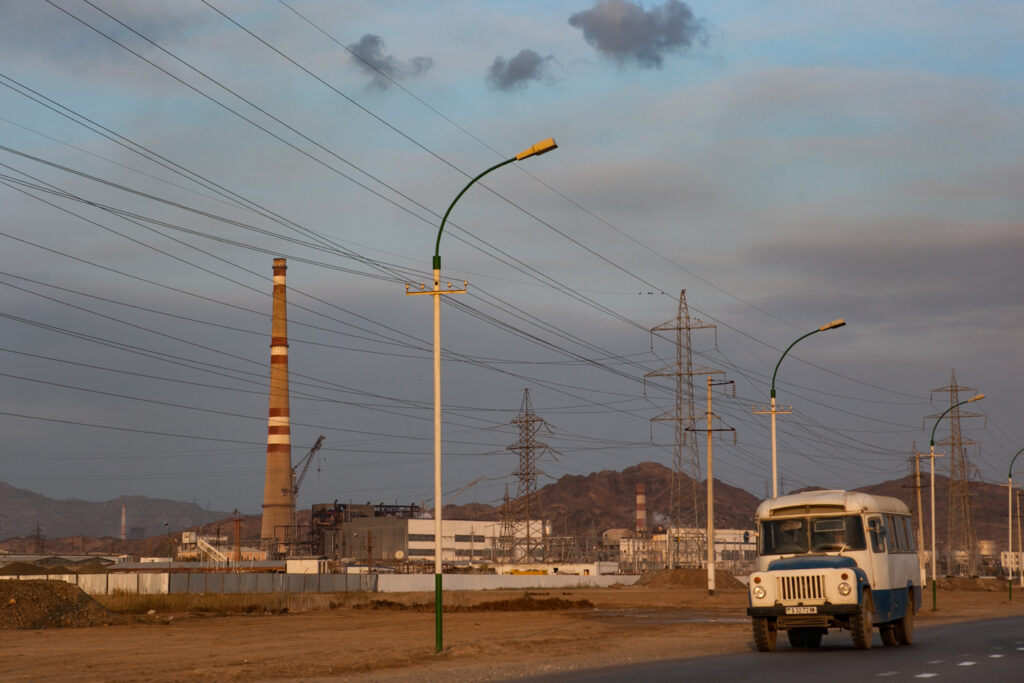International Cooperation to Address Methane Emissions
The Paris Agreement commits parties to reduce greenhouse gas emissions enough to keep global warming within 2 degrees Celsius, and ideally just 1.5 degrees.
But the agreement does not specify which gases to target. While carbon dioxide is the single-biggest contributor to climate change in the long term, methane is responsible for about 30 percent of current global warming. In fact, methane contributes far more to the greenhouse effect in the short term – about 80 times more in the first two decades, before, in the presence of oxygen, it breaks into carbon dioxide and water.
Without reducing these emissions, the world cannot meet its Paris targets, said Claire Henly, Senior Advisor at the Office of the U.S. Special Presidential Envoy for Climate, at an October 26 research workshop hosted by the Salata Institute for Climate and Sustainability at Harvard University.
“We need some sort of release valve in the coming decades if we are going to keep temperatures relatively safe and have time to transition” away from fossil fuels, said Henly, showing projections that humanity may vastly overshoot the Paris targets.
New innovations in satellite imaging allow better estimations of methane emissions, especially in places reluctant to confront their role in the problem. Infrared spectrometers mounted on satellites also show that emissions are still growing from sources like oil and gas production in Texas, coal mining in China, cow manure in Brazil, and landfills everywhere.
In 2021, Henly’s team, working with the European Union, unveiled the Global Methane Pledge, a voluntary commitment to strive to cut human-caused methane emissions by 30 percent by the year 2030, compared with 2020 levels. So far, about 150 countries have signed on.
Some have expressed skepticism about the potency of the pledge. In a recent Q&A previewing COP28, Harvard economist Robert Stavins pointed out that countries signing the pledge are signing on to a global target, not pledging to themselves reduce methane emissions to any specific level. “They’re signing on to an overall, global target,” said Stavins. “In other words, they’re not saying anything about what they’re going to do themselves.”
But Henly explained why a non-binding pledge helps attack this powerful and invisible greenhouse gas – the main component in natural gas – and augments the Paris commitments.
“Statements that are seen as relatively innocuous, or even weak, can grow and build themselves up over time,” she said of the momentum and peer pressure that have helped not only attract signatories, but national action plans to combat methane as well.

She pointed specifically to Turkmenistan – a reclusive, authoritarian state that is a major producer of natural gas for China, and which has long resisted international pressure to clean up its leaky industry. As satellite images of Turkmenistan’s methane leaks began to attract international scrutiny in the early 2020s, Henly said, diplomats began to urge the country to clean up. This year Turkmenistan has announced new steps to reduce its methane emissions. The Global Methane Pledge gives Turkmenistan a reason to act, while allowing it to save face by joining a larger cohort of nations committing to action.
A second goal of the pledge is to build movement “in sensitive sectors” like agriculture, where Henly says there is “lots of resistance” to change. “Thirty percent of governments exclude agriculture” from the disclosures they are required to make under the Paris Agreement. “Their idea of obligation does not include agriculture.”
The pledge helps give “countries with major agriculture emissions some kind of safe way to talk to their domestic stakeholders about it.”
Another aim is to change how development banks approach agriculture, “to rebalance the amount of climate finance going toward methane abatement.”
“There’s real lack of awareness in international financial institutions about how important methane can be. And many institutions don’t track methane separately from other greenhouse gases like carbon dioxide. This is a key focus going forward.”
Measuring progress on meeting the pledge is possible thanks to the kind of cutting-edge satellite monitoring that members of the Salata Institute’s Reducing Global Methane Emissions cluster are undertaking.
Remote imaging leads to accountability, Henly said. Look at Turkmenistan.
While the pledge “elevated methane in the international conversation about climate to such a degree that Turkmenistan started to feel pressure diplomatically,” that “pressure is possible because it is backed by data. The satellite campaign over Turkmenistan has been very effective at showing in a way that everyone can understand the plumes of methane emissions coming out of the country.”
“Together those two things are a bit of a magic recipe for progress.”
